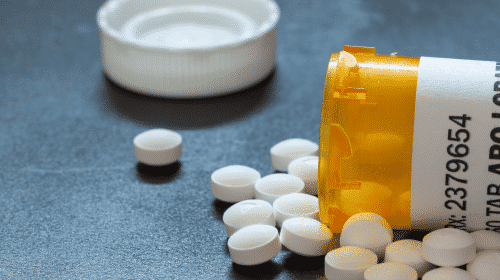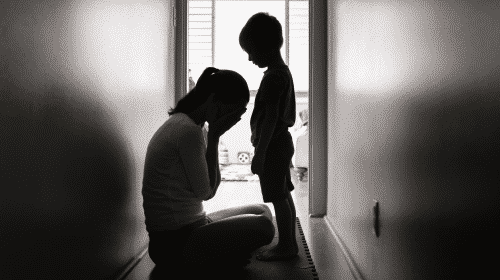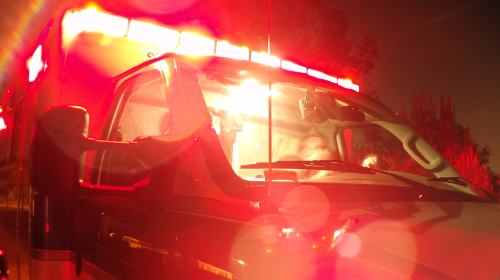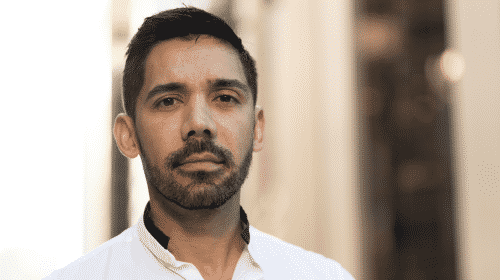Expert Insights
Moms manage competing priorities, screaming babies, work, and managing a household, the stress of which can take its toll. Moms are often chronically exhausted and struggling to cope, so it’s no wonder that many turn to substances for relief. After all, that’s what the media shows us with slogans like “Mommy needs wine” printed on baby gowns! But where are we for the moms who fall down the slippery slope of alcohol addiction? When attempting to access recovery services, the number of mothers who need help continues to rise. One proposed solution is allowing children to attend inpatient treatment with their mothers. I think this is a very good idea because, generally speaking, moms want to put their kids first. By implementing this solution, the whole family can come first while mom gets the support she needs.
~ Peg O’Connor
How Much Does Drug and Alcohol Rehab Cost in New York
New York is ranked 22nd nationwide in terms of addiction treatment affordability, with an average cost of addiction treatment of $56,653.
- Medical detox is the most expensive, with an average cost of $139,670
- Inpatient rehab in New York costs an average of $49,993
- Outpatient rehab in New York costs and average of $8,307
- Outpatient methadone treatment is the most affordable, with an average cost of $7,381
The cost of drug and alcohol rehab in New York will vary significantly depending on the type of program as well as the following factors:
- The treatment type (inpatient, outpatient, dual diagnosis, etc.)
- The type of facility (luxury, hospital, basic accommodations, etc.)
- The length of the treatment program (30 days vs. 90 days or longer)
- Which insurance providers and plans the facility accepts
- Whether government funding is involved
- The facility’s location (upstate vs. the city)
Regarding inpatient vs. outpatient care, you can expect to pay more for a residential stay for drug or alcohol rehab in New York simply because the expenses include room and board. Surprisingly, you may find that alcohol and drug rehabs in New York are often more expensive upstate. This is primarily because it’s more costly to live upstate, but many find that getting as far away from the city and other metropolitan areas is more conducive to their needs.
Fortunately, insurance can help mitigate the costs as most plans provide at least partial coverage, if not full coverage. Of course, you would have to find an in-network rehab facility associated with your insurance provider, which is true whether it’s private or comes from Medicaid. To determine which facilities work with your provider, all you have to do is reach out to your insurance provider or check their website.
If you do not have insurance, you’ll need to find state-funded programs offering low-cost or free treatment. Some rehabs may also offer payment plans based on your financial situation.
How to Pay for Rehab in New York
As of 2020, there were nearly 900 rehab centers in the state of New York. These facilities accept several payment methods. Of those facilities, the following numbers reflect how many accept their respective payment methods:
When choosing the most suitable drug or alcohol rehab in New York, it’s a good idea to make a list of treatment facilities to call. That way, you can ask about their current payment options and whether or not they can meet you halfway with your financial situation if you don’t have insurance.
How to Find Affordable & Free Rehab in New York
 There are plenty of low-cost and free treatment options throughout the entire state of New York. Most of these facilities can offset costs thanks to government funding. However, they require that all incoming patients verify their legal residence within the New York and the U.S. They’ll also likely need to verify the legitimacy of your substance dependence as well as proof of income and lack of insurance coverage.
There are plenty of low-cost and free treatment options throughout the entire state of New York. Most of these facilities can offset costs thanks to government funding. However, they require that all incoming patients verify their legal residence within the New York and the U.S. They’ll also likely need to verify the legitimacy of your substance dependence as well as proof of income and lack of insurance coverage.
Aside from entering into a state-funded facility, there are a few other ways to make treatment more attainable for yourself or someone you care about. This includes the following:
- Looking for a facility that offers sliding scale payments or special financing based on your financial situation
- Applying for rehab scholarships or grants provided by the Substance Abuse and Mental Health Services Administration (SAMHSA)
- Creating a GoFundMe or raising money using another crowdfunding site
How Common Are Overdoses in New York?

In 2019, opioids were attributed to 83% of all overdose-related deaths.

In the state of New York, fentanyl was present in 68% of all fatal overdoses.

Depressants and opioids are present in 51% of New York State’s overdoses.

Latinos in New York had the highest rate of overdose-related incidents.
As a direct consequence of substance use, more people die yearly compared to the number of people involved in fatal motor vehicle accidents and incidents with firearms in New York.2 For example, there were 2,991 opioid-related deaths in the state in 2018, and excessive alcohol use contributes to over 4,000 deaths annually.3
What Are the Drug and Alcohol Laws in New York?
Substance use disorders are heavily stigmatized in the eyes of society and the law. This stigma often prevents individuals struggling with substance use from getting help. However, the state of New York is working hard to lift that stigma by implementing laws that make it easier and safer for residents to get help.
New York State’s 911 Good Samaritan Law: The 911 Good Samaritan Law exists in several states, including New York. This law empowers people to save others’ lives by allowing them to call 911 to report a potential overdose without facing any repercussions themselves. This law also protects individuals who have taken illicit substances and call 911 if they need medical attention.
This law does not, however, protect individuals with an A1 felony of controlled substances, with the intent to sell, who have open warrants out for their arrest or violate parole. It’s only meant to protect the individuals seeking help for themselves or someone else, including individuals possessing controlled substances below eight ounces, those drinking underage, or those sharing illicit substances.6
New York’s 5 Overdose Prevention Bills: To reduce the number of overdoses across the state and encourage more individuals to seek help for substance use disorders, the governor of New York recently signed five bills into action: S.911/A.2354, S.1795/A.533, S.2523/A.868, S.6044/A.128, and S.7228/A.5511.7
Each bill is designed to decriminalize individuals with incidence regarding their substance use disorders as well as provide accessible, equal, and quality care for all. For example, Legislation S.7228/A.5511 encourages recognition of the term “substance use” rather than “substance abuse” to encourage judges to order individual treatment instead of incarceration for nonviolent crimes.7
New York Employee Protections for Addiction Treatment: In New York, substance use disorders are considered a disability. Therefore, employees with substance use disorders get protection under the Americans with Disabilities Act (ADA). This means that they cannot be discriminated against or fired for their substance use disorder. However, the ADA does not protect those who use substances during working hours, which is grounds for disciplinary action up to the employer’s discretion. However, the ADA does not protect those who use substances during working hours, which is grounds for disciplinary action up to the employer’s discretion.
Resources
- New York State Department of Health. (2015). Priority Area: Mental Health/Substance Abuse – The Burden of Substance Abuse.
- Executive Office of the President of the United States. (2009). New York Drug Control Update.
- National Institute on Drug Abuse. New York: Opioid-Involved Deaths and Related Harms.
- Findtreatment.gov. (n.d.). Results: New York State
- Chanell Baylor. (2021). Medication-Assisted Treatment (MAT) | SAMHSA. Substance Abuse and Mental Health Services Administration.
- New York State Department of Health. (n.d). New York State’s 911 Good Samaritan Law Protects YOU
- Governor Hochul Signs Legislation Package to Combat Opioid Crisis. (n.d.). governor.ny.gov.








